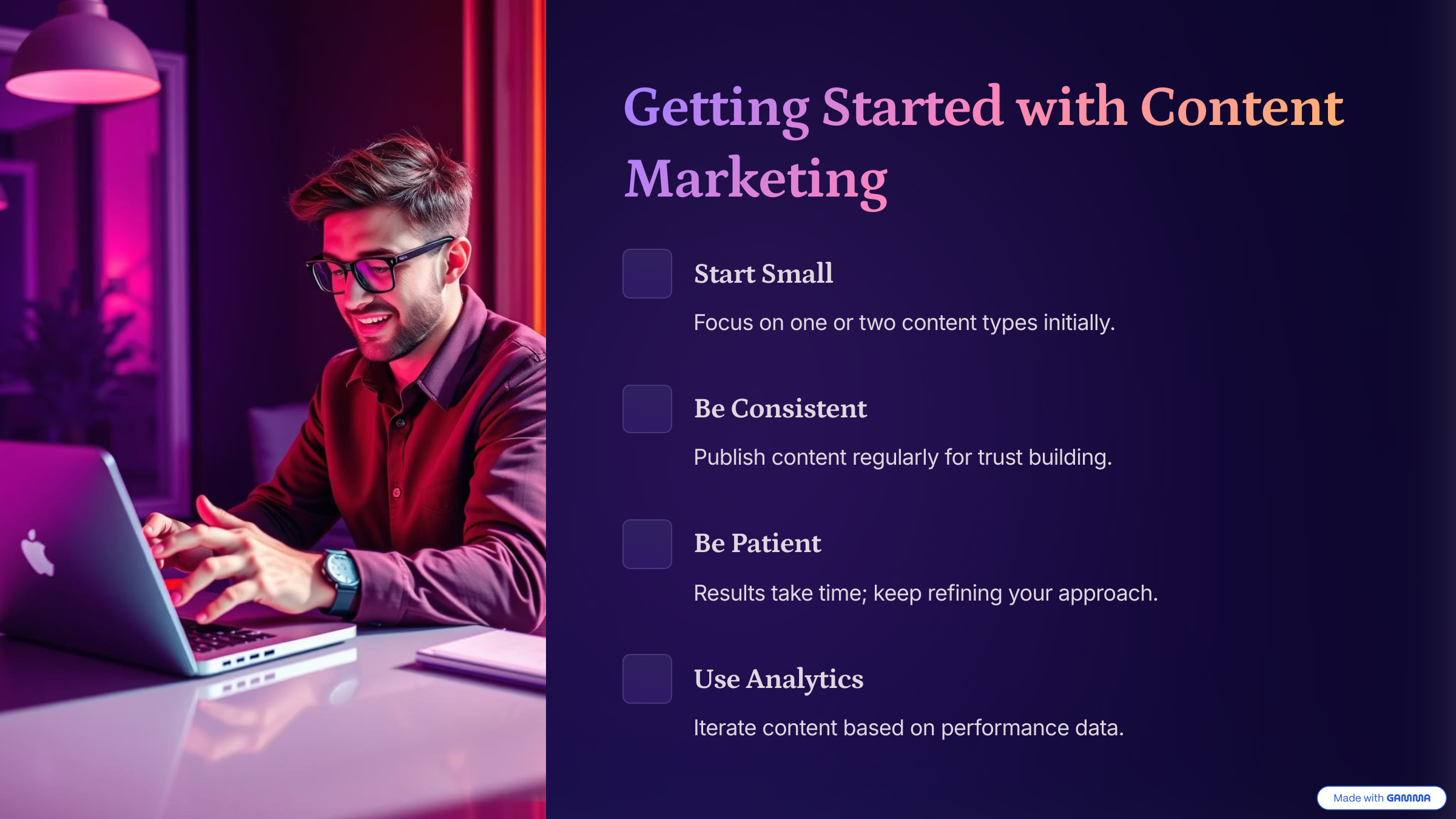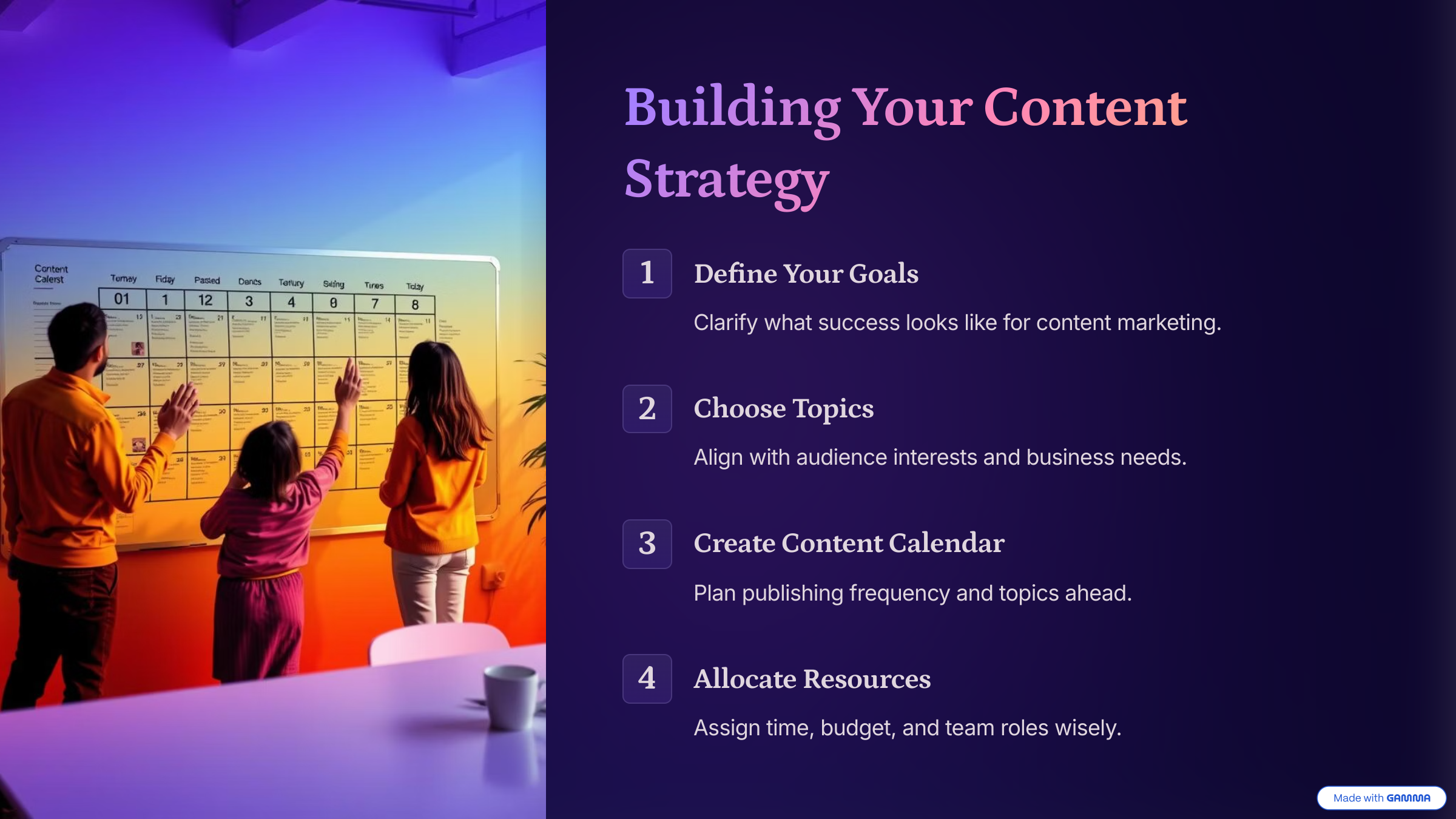Content Marketing Funnel: What to Post at Each Stage

Strong 8k brings an ultra-HD IPTV experience to your living room and your pocket.
In the world of digital marketing, creating content isn’t just about publishing blog posts or social media updates. It’s about guiding your audience through a journey—from discovering your brand to becoming loyal customers. This journey is structured in what's known as the content marketing funnel, a strategic framework that helps marketers plan and publish the right content at the right time.
Understanding the content marketing funnel allows you to move beyond one-size-fits-all messaging and start delivering content that’s personalized, purposeful, and timed to meet the evolving needs of your audience.
In this guide, we’ll break down the three main stages of the content marketing funnel—Top of Funnel (ToFu), Middle of Funnel (MoFu), and Bottom of Funnel (BoFu)—and explain exactly what type of content to post at each stage.
What Is the Content Marketing Funnel?
The content marketing funnel represents the buyer’s journey from the first interaction with your brand to becoming a paying customer—and hopefully a brand advocate. Each stage of the funnel corresponds to a different mindset, and your content must evolve accordingly to maintain interest and build trust.
The Three Stages:
Top of Funnel (ToFu) – Awareness
Middle of Funnel (MoFu) – Consideration
Bottom of Funnel (BoFu) – Decision
Let’s dive into each stage to explore its purpose, audience mindset, and the most effective types of content you should create.
Top of Funnel (ToFu): Awareness
At the top of the funnel, your audience doesn’t yet know who you are or what you offer. They may not even realize they have a specific problem that needs solving. The goal here is brand awareness, not selling.
Audience Mindset:
Unaware of your product or service
Searching for information or answers
Experiencing a challenge but not actively seeking a solution
Best Content Types:
Blog Posts – Educational and SEO-optimized to answer common questions
Social Media Posts – Engaging, entertaining, or inspiring
Videos – Short explainers or storytelling formats
Infographics – Shareable visual summaries
Podcasts & Webinars – Broad topics with thought leaders or influencers
Your ToFu content should focus on helping, not selling. By offering value, you build trust and introduce your brand in a subtle, helpful way.
Pro Tip: Use keyword research tools to find high-volume, low-competition search terms and create blog content around those topics. Want to learn how to build a blog content plan for awareness? Check out our internal post on SEO content strategy for beginners. (Internal Link #1)
Middle of Funnel (MoFu): Consideration
Now that your audience knows who you are, the next challenge is convincing them that you’re a credible solution provider. The middle of the funnel is where education and relationship-building take center stage.
Audience Mindset:
Aware of their problem
Evaluating possible solutions
Comparing providers or approaches
Best Content Types:
Ebooks and Whitepapers – In-depth resources gated behind lead forms
Case Studies – Real-life examples of customer success
Email Newsletters – Nurture sequences to educate and stay top-of-mind
Product Comparison Guides – Transparent comparisons of your solution vs. others
Webinars or Live Demos – Showcase your expertise and product features
This is your opportunity to demonstrate expertise and value. You’re nurturing leads and helping them evaluate whether your offering aligns with their needs.
You can explore how startups can apply these strategies in The Complete Guide to Content Marketing for Startups. It’s packed with insights on how to develop content that nurtures leads even with limited resources.
Bottom of Funnel (BoFu): Decision
At the bottom of the funnel, your prospect is almost ready to convert. They’ve consumed your content, compared your offering, and are looking for that final reassurance. Your job now is to remove doubt and encourage action.
Audience Mindset:
Ready to buy
Needs proof, urgency, or reassurance
Evaluating trust, pricing, and ROI
Best Content Types:
Customer Testimonials – Peer validation through quotes or video stories
Free Trials or Demos – Give them hands-on experience
Detailed Product Pages – Feature breakdowns, benefits, FAQs
Live Chats or Consultations – Personalized engagement
Limited-Time Offers or Discounts – Create urgency to drive action
At this stage, your content should focus on conversion. Think of BoFu as your final pitch—make it clear, credible, and compelling.
To strengthen your BoFu approach, consider our internal guide on building high-converting landing pages. (Internal Link #2)
Bonus: Post-Purchase Content (Delight Stage)
Although not always included in traditional funnel models, a delight stage should follow. This includes content aimed at turning customers into repeat buyers and brand advocates.
Best Content Types for Delight:
Onboarding Guides
Loyalty Program Emails
Product Tutorials
Customer Feedback Surveys
Exclusive Content for Subscribers
Keeping customers engaged post-sale increases lifetime value and helps generate referrals organically through word-of-mouth.
How to Align Content with Funnel Stages
To implement the funnel effectively:
Map content to customer journey stages – Identify which personas are at which stage.
Distribute strategically – Share ToFu content on search and social, MoFu in emails, and BoFu on your website.
Measure performance by stage – Use analytics to track conversions, bounce rates, and engagement to refine your strategy.
Creating content for each funnel stage ensures that you're nurturing leads from first click to final purchase—and beyond.
Final Thoughts
A well-structured content marketing funnel ensures that your content does more than attract—it guides, convinces, and converts. Knowing what to post at each stage of the funnel helps you deliver the right message to the right person at the right time.
For startups and lean marketing teams, this structure is especially valuable. It provides clarity, efficiency, and focus. If you're just starting your journey, The Complete Guide to Content Marketing for Startups is a must-read resource that can help you align your content with business growth.
Note: IndiBlogHub features both user-submitted and editorial content. We do not verify third-party contributions. Read our Disclaimer and Privacy Policyfor details.







